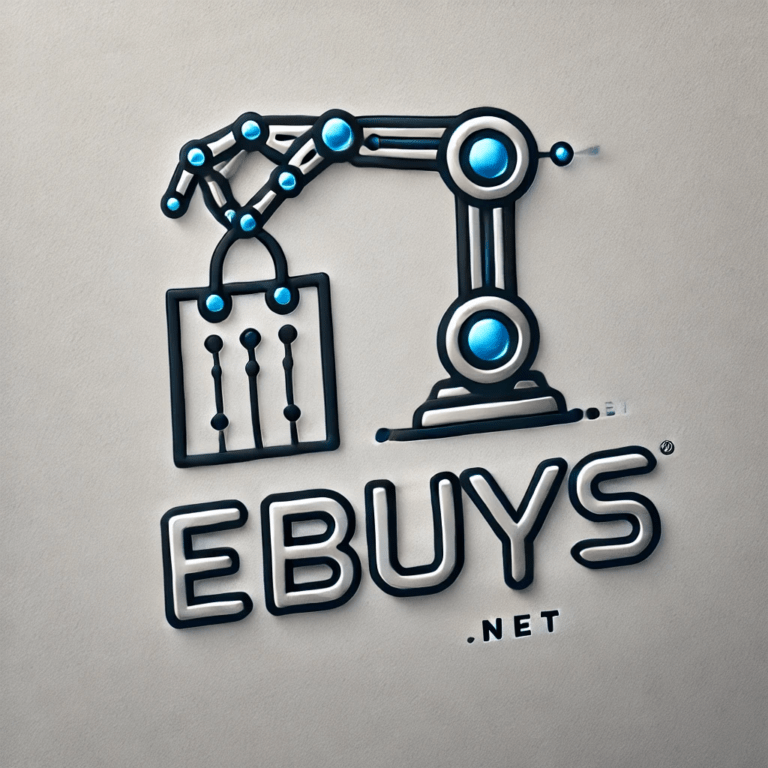SaaS, or software as a service, has completely changed how companies run by offering a scalable & adaptable solution for a range of organizational requirements. Because SaaS apps are hosted in the cloud, users can access them online, in contrast to traditional software that needs to be installed on individual computers. This model is especially attractive for small to medium-sized businesses (SMEs) that might not have the resources to handle complex software systems because it does not require a large IT infrastructure or ongoing maintenance. Because SaaS has a subscription-based pricing model, businesses can only pay for the services they use, which makes it a more affordable option than traditional software licensing.
Key Takeaways
- SaaS tools are software applications that are accessed and used over the internet, eliminating the need for installation and maintenance on individual devices.
- SaaS tools for project management, such as Trello and Asana, help teams organize tasks, track progress, and collaborate effectively.
- Communication and collaboration SaaS tools like Slack and Microsoft Teams facilitate real-time communication, file sharing, and team collaboration, improving productivity and efficiency.
- Customer relationship management SaaS tools like Salesforce and HubSpot help businesses manage and analyze customer interactions and data throughout the customer lifecycle.
- Accounting and finance SaaS tools such as QuickBooks and Xero streamline financial processes, including invoicing, expense tracking, and financial reporting.
Developments in cloud computing and the growing need for remote work solutions have propelled the growth of SaaS tools. SaaS tools are now essential for increasing productivity, optimizing processes, and encouraging teamwork as companies adjust to a more digital environment. The adaptability of SaaS applications supports a broad range of business functions, from project management to customer relationship management. This post explores the features & advantages of several SaaS tool categories & offers advice on how to use them to streamline corporate procedures.
Any successful business must have a strong project management department, and SaaS tools have revolutionized the way teams organize, carry out, & oversee projects. Task creation, responsibility assignment, deadline setting, and real-time progress tracking are all made possible by the user-friendly interfaces of Asana, Trello, and Monday Dot Com. Teams can more easily visualize their workflows & spot bottlenecks with the aid of visual components like Gantt charts & Kanban boards, which are frequently included in these platforms. Trello’s card-based system, for example, lets users move tasks through various stages of completion and gives them a quick overview of the status of the project.
Also, a lot of project management software as a service (SaaS) tools easily interface with other programs to improve their functionality. To enable teams to receive updates and notifications without hopping between apps, Asana, for instance, can connect with email services like Gmail or communication platforms like Slack. This integration guarantees that everyone in the team is in agreement and promotes a more unified workflow. These tools’ sophisticated reporting capabilities also enable project managers to examine performance indicators and make data-driven choices to enhance subsequent initiatives.
| Tool Name | Category | Key Features | Pricing |
|---|---|---|---|
| Slack | Communication | Instant messaging, file sharing, integrations | Freemium model |
| Trello | Project Management | Boards, lists, cards, collaboration | Freemium model |
| Zoom | Video Conferencing | HD video, audio, screen sharing, recording | Freemium model |
| Google Workspace | Productivity | Email, docs, sheets, calendar, drive | Subscription-based |
A company’s ability to communicate effectively is critical, particularly in this day and age when working remotely is becoming more and more popular. SaaS tools for collaboration and communication have become indispensable tools for groups trying to stay connected and productive. Chat features offered by platforms such as Slack & Microsoft Teams enable file sharing, video conferencing, and real-time discussions. These tools not only make communication easier, but they also establish a central location where team members can work together on projects without having to exchange long emails. Collaborative document editing tools like Google Workspace (formerly G Suite) and chat-based platforms have revolutionized teamwork on documents, spreadsheets, & presentations.
Google Docs facilitates collaboration by enabling multiple users to edit a document at once & offering tools like comments and suggestions. With this real-time editing feature, version control problems that frequently occur with conventional software are eliminated. Also, team members can contribute from anywhere as long as they have access to these documents from any device with internet connectivity. For companies looking to strengthen their bonds with customers and raise customer satisfaction, customer relationship management, or CRM, is essential.
Salesforce, HubSpot, and Zoho CRM are examples of SaaS CRM tools that provide complete solutions for handling customer interactions at every stage of the sales cycle. With the help of these platforms’ intuitive dashboards, companies can monitor leads, handle client information, and assess sales performance. Salesforce, for example, has strong analytics features that let businesses learn about the preferences and behavior of their customers and adjust their marketing tactics accordingly.
Moreover, many CRM tools’ automation features greatly cut down on the manual labor involved in customer management. As an illustration, HubSpot’s CRM uses user interactions with marketing materials to automate lead scoring and follow-up emails. In addition to saving time, this automation guarantees that prospective clients get timely communications that can help them advance through the sales funnel. Businesses can also develop unified campaigns that efficiently use customer data by integrating with other marketing tools. One of the most important parts of managing a business is handling finances, & SaaS tools have made accounting procedures much easier.
Software like Xero and QuickBooks Online offer cloud-based accounting solutions that make it simple for companies to track spending, manage invoices, and produce financial reports. Because these tools do not require laborious spreadsheets or manual calculations, there is a lower chance of errors and more efficiency. To simplify financial management tasks, QuickBooks Online provides features like automatic bank reconciliation and expense classification. Also, sophisticated analytics features that offer insights into financial performance are frequently included with SaaS accounting software.
To make well-informed decisions, users can create real-time reports on cash flow, profit margins, and other key performance indicators (KPIs). Having remote access to financial data also improves organizational transparency by enabling stakeholders to keep a close eye on the health of the company’s finances. Also, a lot of these platforms integrate with payment processing services like Stripe or PayPal, which makes transactions easier and enhances cash flow management. Good marketing and sales techniques are essential for expansion in the cutthroat world of contemporary business.
SaaS tools made for these purposes are now essential for assisting businesses in connecting with their target markets and turning leads into paying customers. Comprehensive marketing automation solutions are provided by platforms such as Mailchimp and Marketo, which let companies manage social media accounts, send out targeted email campaigns, and track campaign performance using precise metrics. To ensure that marketing messages are relevant to particular groups, Mailchimp, for instance, enables users to divide their audience into segments based on demographics or behavior. Specialized SaaS tools like Pipedrive or SalesLoft, which expedite the sales process from lead generation to deal closure, are also advantageous to sales teams. These platforms enable sales representatives to efficiently prioritize their efforts by offering features like activity tracking, pipeline management, and sales forecasting. Better time management and follow-up tactics are made possible by Pipedrive’s visual sales pipeline, which lets users quickly see each lead’s position in the sales process.
Sales teams can interact with prospects more effectively when they have access to the most recent customer data thanks to integration with CRM systems. Another area where SaaS tools have significantly improved efficacy and efficiency is human resources (HR). Workday and BambooHR are two platforms that provide complete HR management solutions that optimize employee engagement, performance management, onboarding, and recruitment. To make the hiring process easier, BambooHR offers an easy-to-use applicant tracking system (ATS) that lets HR teams post job openings on several platforms & handle applications in one location. Also, these HR SaaS solutions frequently have employee self-service features that let employees access their payroll, benefits, & performance review data without requiring HR assistance.
In addition to giving workers more autonomy, this self-service feature frees up HR staff members to concentrate on strategic projects rather than routine work. These platforms’ sophisticated analytics capabilities also enable HR departments to monitor employee engagement and performance indicators over time, giving them important insights into workforce dynamics. SaaS tools are becoming more and more popular across a range of functions in organizations, so it’s critical to implement them carefully to optimize the benefits. One important piece of advice is to make sure that everyone is properly trained; if staff members are unfamiliar with the features of even the most user-friendly software, it may be underutilized. Giving teams thorough onboarding training can aid in their understanding of how to use these tools efficiently in their everyday tasks.
Integration is a crucial factor as well; choosing SaaS solutions that work well with current systems can improve productivity. Project management tools & communication platforms, for instance, can be integrated to improve workflows by eliminating the need for frequent application switching. Also, by routinely analyzing usage metrics, organizations can pinpoint areas that might benefit from additional training or modifications to maximize tool utilization. In conclusion, the introduction of SaaS tools has changed the way businesses operate in a number of different fields.
In an increasingly competitive environment, businesses can boost productivity, collaboration, and growth by comprehending the features of these applications and strategically implementing them within their organizations.

